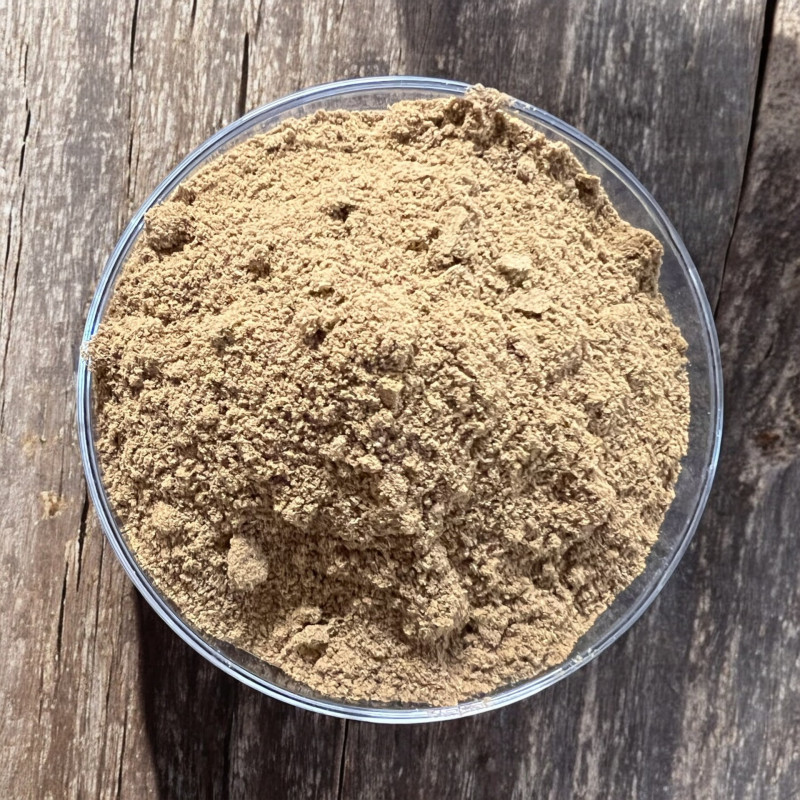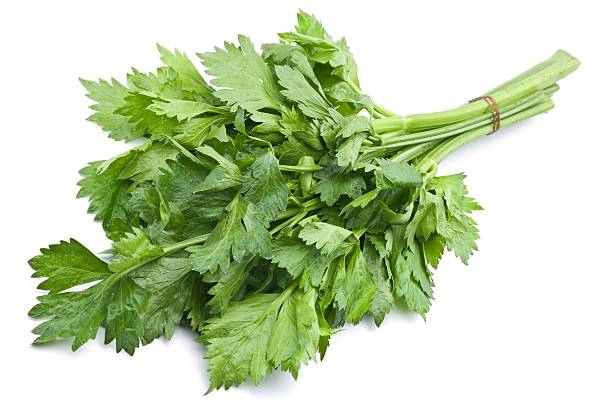
Reference: 10N7726601


It imparts its rich, floral aroma to all your dishes!
Delicious in vegetables, vegetable juices, salads, stewed meats, sauces, and a variety of soups.
 Delivery
Delivery
Mondial Relay
 Returns
Returns
See conditions
 Payments
Payments
100% secure
- Delivered in a resealable pouch -
 Its flavor is strong and aromatic, much more intense than that of parsley, and reminiscent of lovage.
Its flavor is strong and aromatic, much more intense than that of parsley, and reminiscent of lovage.
This fine powder of ground celery is made by grinding the seeds and will enhance your soups in Russian and Scandinavian styles, sauces, vegetables, stews, and pot-au-feu. It can also be used in broths for seafood and fish (though I personally prefer using seeds or leaves for this purpose) and in carrot and tomato juices. Mixed with salt, it forms the famous "celery salt," a perfect match for tomato juice!
Rich in sodium, it can be used to reduce salt in dishes while imparting its distinctive flavor. Note that "celery salt" refers to the ground celery itself and should not be confused with "salted celery," which is a mix of salt and celery.

Origin: India
Scientific name: Apium graveolens
Common names: Marsh parsley, Marsh ache, Aromatic ache, Italian celery, Celery salt
The culinary properties of celery are well-known, but it is also noted for its medicinal benefits, possibly due to its antioxidant content.
Please note: some individuals may experience allergies to celery.
A biennial herbaceous plant in the Apiaceae family, celery is cultivated as a vegetable plant for its leaves, roots, and seeds. Its white umbels bloom from August to October.
In the wild, celery grows in European meadows, especially in the Mediterranean basin, near streams, and in damp areas.
There are four major varieties: Marsh parsley (var. Graveolens), Celery stalk (var. Dulce), Celeriac (var. Rapaceum), and Cutting celery (var. Secalinum). It is a demanding plant, thriving in nutrient-rich soils and requiring abundant water.
°°°
Celery was initially called "ache," derived from Latin, meaning "that which grows in water," referring to its natural habitat.
The term "celery," first recorded in 1651, was borrowed from an Italian dialect, itself originating from the Latin "selinon," the original Greek word for the plant.
500 years ago, the Chinese were already using it in their cuisine, while the Egyptians harvested its leaves, stems, and seeds for seasoning purposes.
***
Data sheet
Reference: 10N7726601
Reference: celerigraines
Reference: kenya
Reference: poivrealail
Reference: gingembreM
Reference: 20721301
Reference: 20731803
Reference: 30711601
Reference: 00234301
Reference: poivresichuanE
Reference: 1O8005503
Reference: echalote
Reference: EPI230206
Reference: EPI2301013
Reference: fajita
Reference: pimentjamaiqueE
Reference: 00033663-0001
Reference: 021122
Reference: poivresichuanV

It imparts its rich, floral aroma to all your dishes!
Delicious in vegetables, vegetable juices, salads, stewed meats, sauces, and a variety of soups.